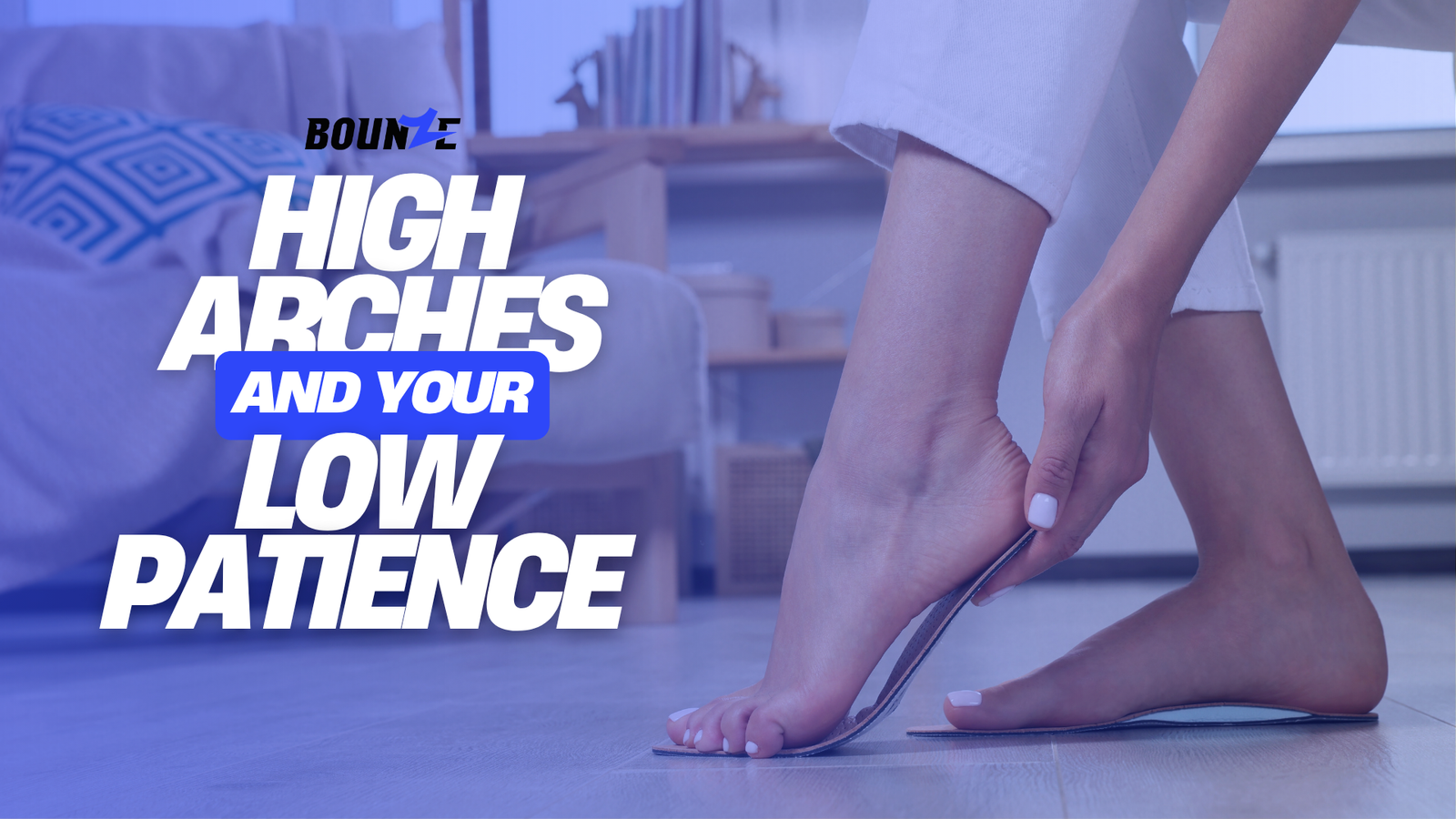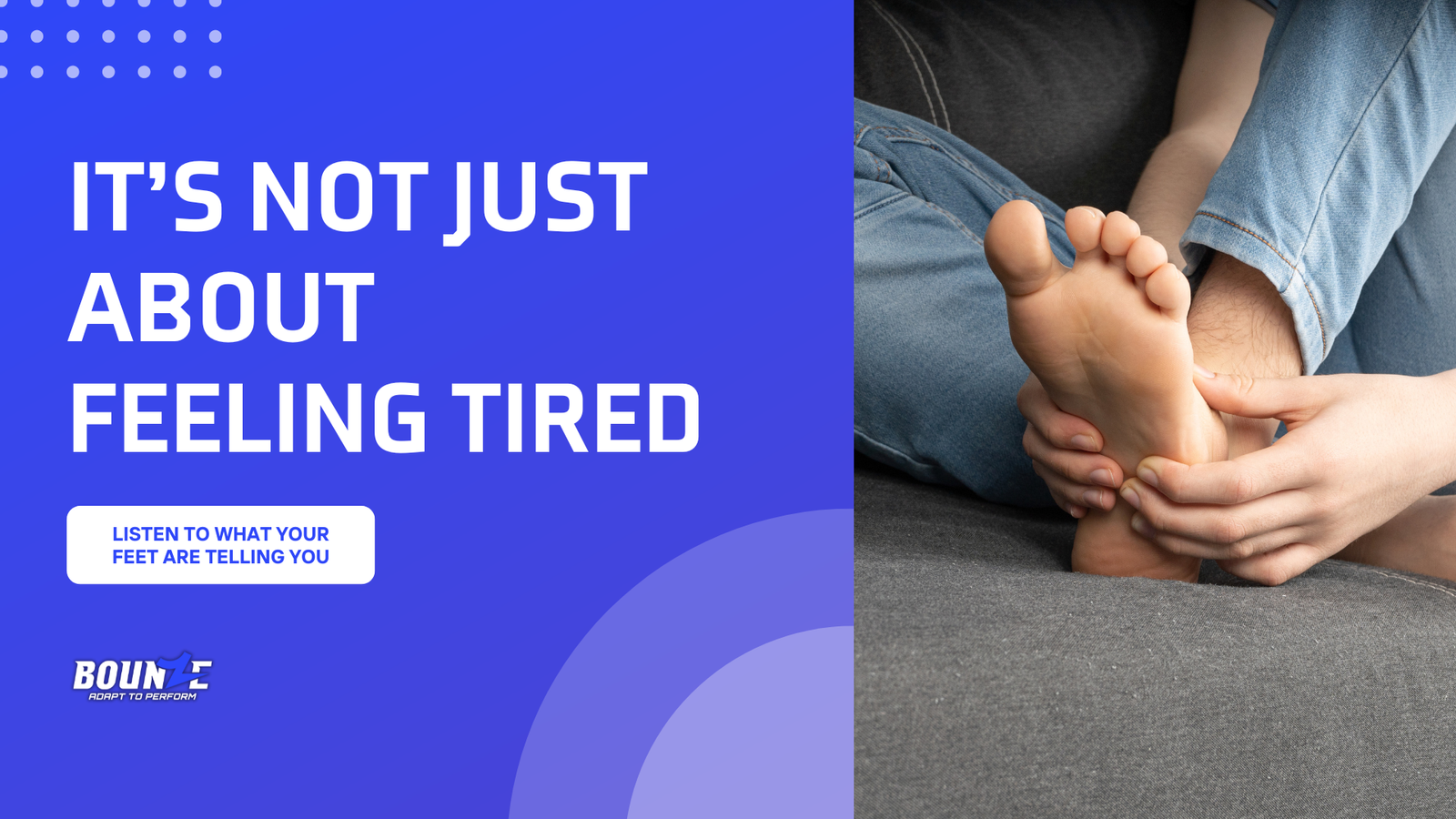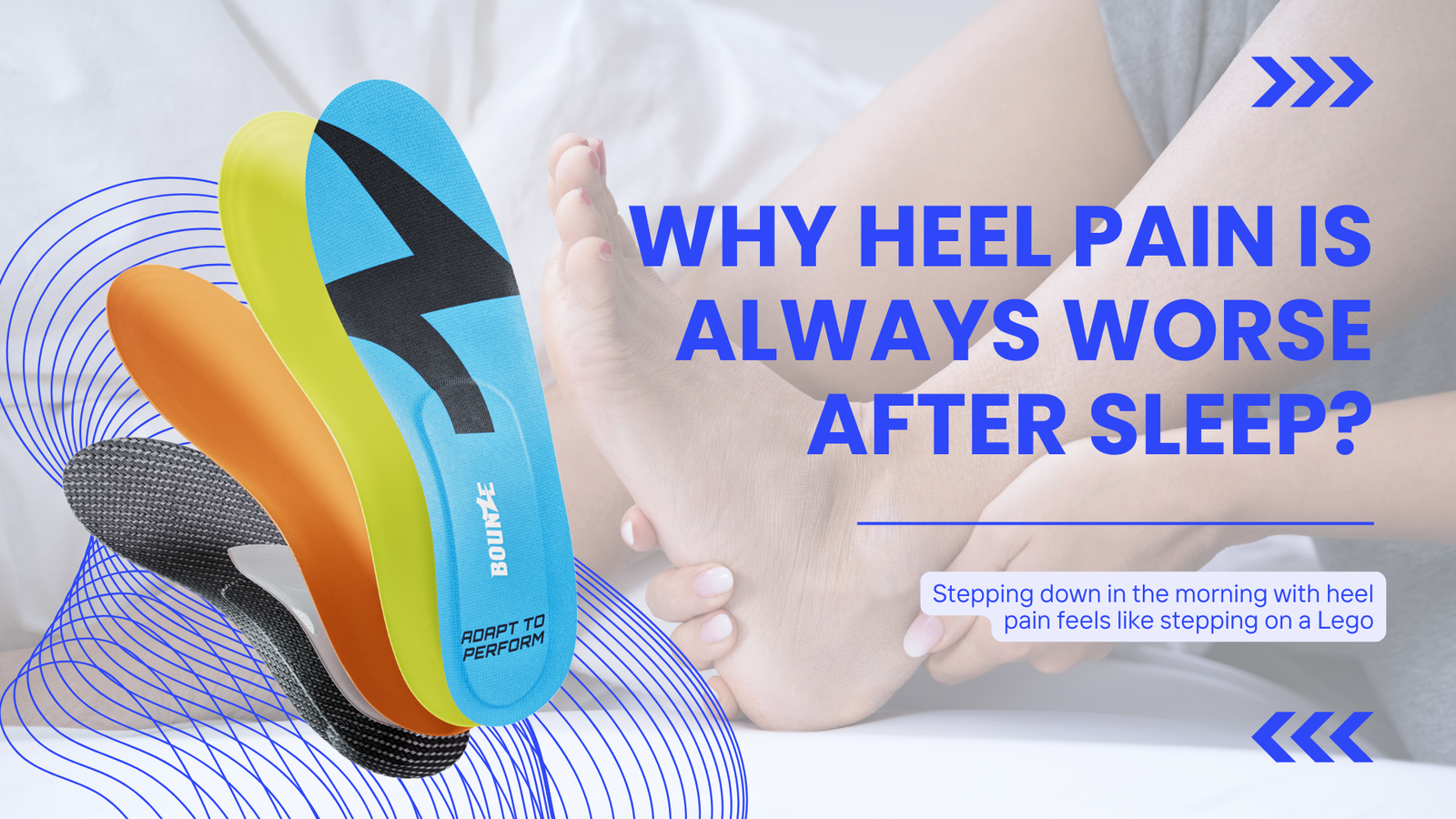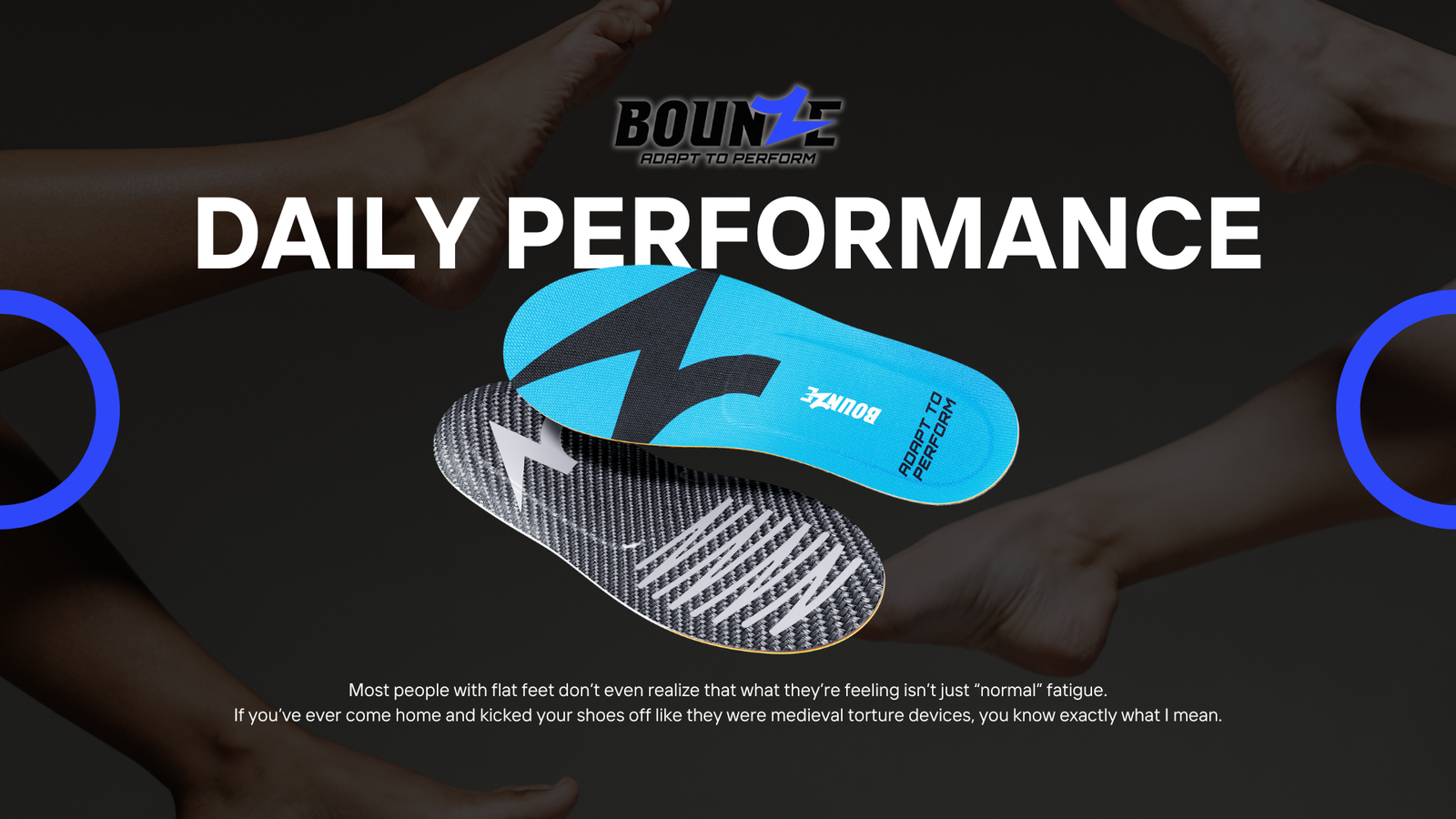High Arches, Low Patience: Why Your Feet Hurt and What You Can Do
June 23, 2025

High arches might look elegant on paper, but in real life, they’re often a recipe for daily discomfort. If you’ve got them, you already know—your feet don’t just stand, they strain. You land harder on your heels and forefoot, your arches barely touch the ground, and most shoes feel like they were made for someone else’s anatomy. Add long hours of walking, standing, or chasing after life, and you’ve got a perfect storm of aches, pressure, and occasional resentment toward your own feet.
What Does It Mean to Have High Arches?
High arches, medically known as cavus foot, occur when the arch of the foot is raised higher than average. While it might sound like extra cushioning for your feet, the reality is quite the opposite. A foot with a high arch offers less natural shock absorption, forcing more pressure onto the heel and forefoot. As a result, people with this foot type often experience fatigue after standing or walking for extended periods, along with uneven weight distribution, difficulty finding comfortable shoes, and the development of pressure points or calluses under the toes and heels.
More strikingly, the research suggests that asymmetrical high arches can cause imbalances not only in the lower limbs but also in areas like the pelvis, spine, and even the shoulder girdle. These imbalances can contribute to long-term musculoskeletal dysfunctions, such as joint strain, misalignment, and chronic pain. Because of this, the authors recommend that even mild arch elevation should be treated as a foot defect, and that corrective measures—like specialized exercises or high arch foot insoles—should be considered essential for preventing posture-related problems and forefoot overload.
Recognizing and addressing high arches isn’t just about foot pain. It’s about whole-body alignment and long-term health. The earlier you take steps to support this foot type, the better your chances of avoiding more widespread issues down the line.
The Everyday Struggles of High Arch Feet
Let’s face it—living with high arches is not just a minor inconvenience. It can turn simple daily routines into endurance tests. Here’s how:
- Walking long distances? Heel pain kicks in halfway.
- Standing at work? Feels like you’ve aged 30 years by lunchtime.
- Shoes that “should” be comfy? Nope, they dig into your arches or slide around.
- Exercise or sports? Without the right support, they’re a fast track to injury.
Over time, the lack of support and impact absorption creates stress on your knees, hips, and even your back. That’s why many turn to high arch foot insoles to ease the pressure and distribute weight more evenly.
Signs You Might Need More Arch Support
Not sure if high arches are behind your discomfort? Here’s a quick checklist to help:
✅ Heel or ball-of-foot pain after daily activity
✅ Frequent rolled ankles or poor balance
✅ Visible space under the middle of your foot when standing
✅ Foot cramps or tightness in the arch
✅ Difficulty finding shoes that feel “just right”
✅ Tingling or burning sensations (nerve-related)
If you checked off more than a couple of these, your feet may be silently begging for help—and yes, high arch foot insoles are often part of the solution.
How High Arch Foot Insoles Help (And Why BOUNZE Works Best)
Why BOUNZE?
- 3-minute custom molding at home = a personalized fit
- PETG structural shell = lightweight but firm arch support
- Orxinlite dual-layer foam = cushion + energy return
- Moisture-wicking top layer = goodbye, sweaty feet
- Non-slip bottom = no sliding in your shoes
This insole isn’t just about comfort—it supports your posture, reduces strain, and makes high arches feel manageable. And because it molds to your foot, it gives support exactly where you need it most.
Daily Habits to Support High Arches
Supporting high arches goes beyond finding the right insole—it’s also about how you care for your feet day to day. Since high arches don’t absorb impact well, your feet (and body) end up compensating. Over time, this can create muscle imbalances, posture problems, and a whole lot of discomfort that slowly creeps into your routine.
Start with regular stretching. Tight calves and stiff arches are common with this foot type, and a simple stretch in the morning and evening can do wonders. Soaking your feet after long hours of standing or walking helps reduce inflammation, while rolling a ball under the arch can release built-up tension. And here’s something many overlook: what you wear at home. Walking barefoot on hard floors might feel freeing, but it actually increases the strain. Structured slippers or even your regular shoes (with high arch foot insoles inside) are much better options for indoor support.
These small daily habits, while easy to ignore, play a big role in preventing long-term pain. Think of them as maintenance—not for your car, but for your foundation. Pair them with proper support, and your high arches won’t feel like a daily setback.
Don’t Ignore the Signs
High arches aren’t always easy to spot—but the pain and daily struggles are hard to miss. If you’ve been brushing off the discomfort, now’s the time to take your feet seriously. Whether it’s aching after work or wincing on the stairs, your body is trying to tell you something.
Support starts with awareness, and it continues with the right tools. If you’re tired of hopping from one pair of shoes to the next looking for relief, consider this your sign to finally try proper high arch foot insoles—like the BOUNZE Daily Performance Insole. Your feet (and your back, and your patience) will thank you.




